경기문화재단
Guri_Insect Ecology Museum
An ecological experience museum where you meet butterflies and other insects for four seasons a year
A daycare center is situated in front of the Insect Ecology Museum and several kindergarten buses are parked next to it. “Everyone, this is where butterflies fly around so you must all be quiet and make sure to close the doors so they do not fly away”, warns the teacher to which the adorable kids shout “Okay!” and begin to look around and follow butterflies with their eyes.
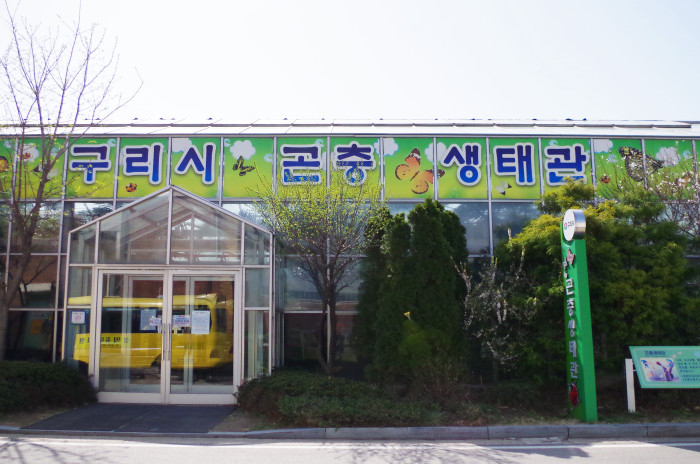
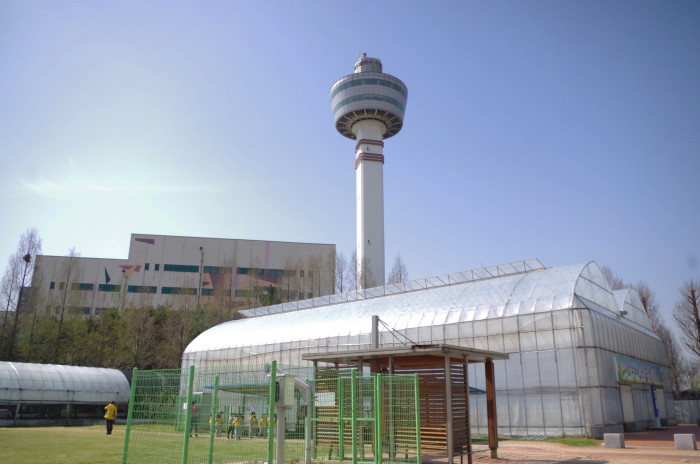
In March 2010, Guri Insect Ecology Museum opened in a sewage treatment plant on a 129,819㎡ area, a site managed by Sewage Division of Environmental Management Office. Divided into Butterfly Hall, Lawn Plaza and Insect Hall, the museum is open to all citizens for free to be used as a site for authentic education on environment.

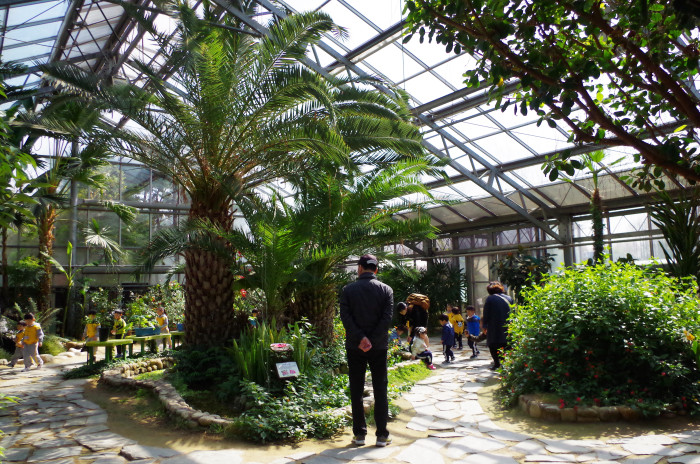
First, the Butterfly Hall is decorated with glass greenhouses in which butterflies, aquatic insects and tropical plants can live throughout the year. Wilfordii roots, a type of plants eaten by common tiger butterflies, are planted, and there is also a “butterfly uhwadae” with an impressive sign that reads, “Butterflies are coming out!”, where butterfly pupae are kept. Children standing in front of the butterfly larvae observation box cannot easily move away from the sight as they are amazed by the fact that butterflies flying around the greenhouse were once small larvae. The greenhouse also features a “butterfly nectar-sucking location” where artificial flowers from which butterflies can suck honey and minerals are planted. In the specimen exhibition hall connected to the glass greenhouse, the names and characteristics of various butterflies can be learned, and you encounter the Insect Hall passing through Lawn Plaza where domestic rabbits and hens reside.
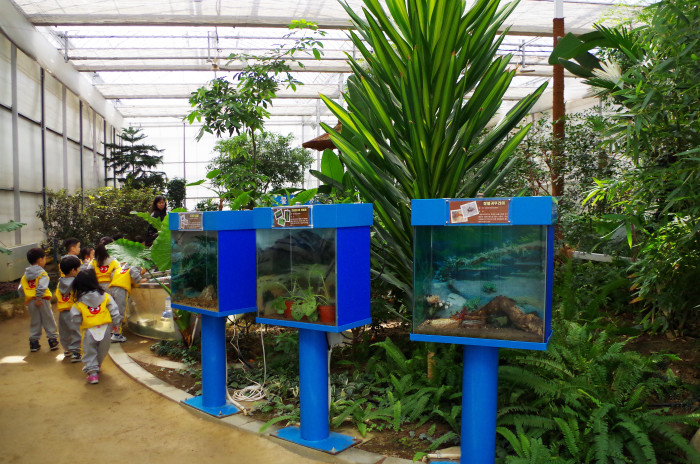
The Insect Hall is inhabited by crustaceans, spiders, beetles, insects found in fields and on the streets as well as many other ground insects including rhinoceros beetles in addition to freshwater fish, aquatic plants and insect-eating plants living in harmony. It is relatively difficult for adults to touch larvae, often generating screams, but curious children fearlessly hold up and feel rhinoceros beetles or larvae of Protaetia brevitarsis seulensis.
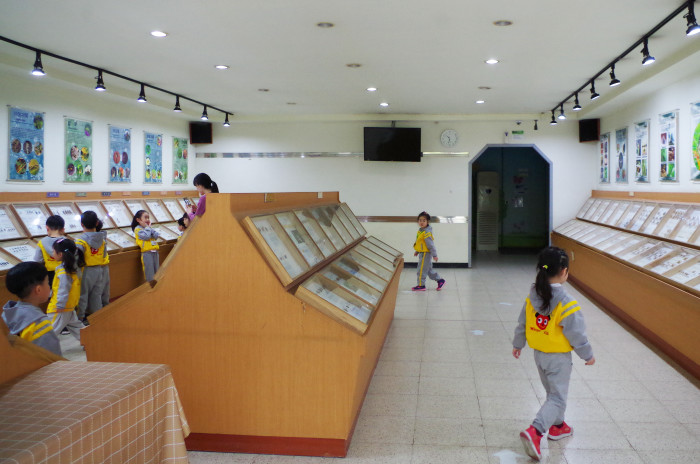
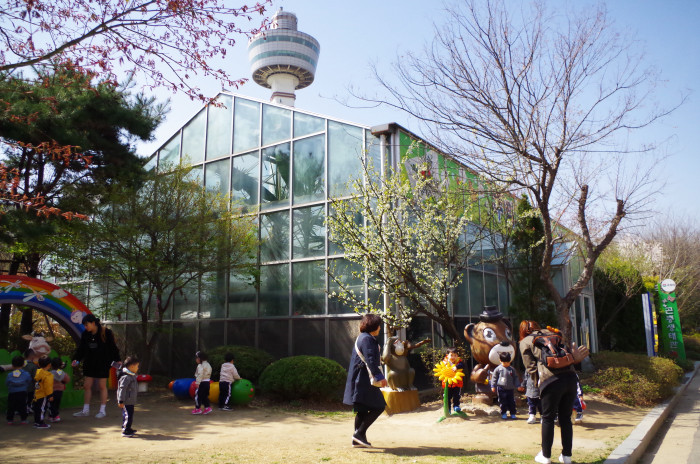
The Insect Ecology Museum asks all visiting children to make environment pledges to instill in them pride and a sense of responsibility as protectors of the environment, and hosts a variety of educational programs for the young people to be familiar with insects and experience the preciousness of life through outdoor insect-collecting activities, learning names of insects and insect specimen making.
In a few decades, will insects be seen only in ecological museums instead of the nature?
A visit to Guri Insect Ecology Museum was a valuable time in which we could all think about ways for the gradually disappearing insects to return to us and also seek life habits for coexistence of men and the nature.
Written and photos by Kim Sun-joo
TIP.
Guri Tower’s observation deck is located on the back of Insect Ecology Museum. Guri Tower is a 100m-high structure built by using a chimney of the incineration plant at Guri Resource Recovery Facility, and the surrounding scenery may be viewed especially the beautiful nightscape of Seoul from the observation deck.
Website http://korean.visitkorea.or.kr/kor/bz15/where/where_tour.jsp?cid=129549
<ggc의 모든 콘텐츠는 저작권법의 보호를 받습니다.>
세부정보
Insect Ecology Museum
Address/ 199, Geombae-ro, Guri-si, Gyeonggi-do
Contact/ 031-550-2586
Hours of operation/ 10:00-18:00 (March-October), 10:00-17:00 (November-February)
Closed on/ Every Monday / New Year’s Day, Chuseok Day
Admission fee/ Free
Parking/ Available
Website/ http://korean.visitkorea.or.kr/kor/bz15/where/where_tour.jsp?cid=129549
@참여자
- 글쓴이
- 경기문화재단
- 자기소개